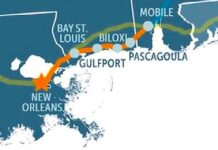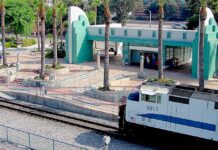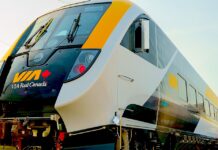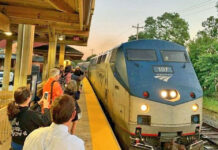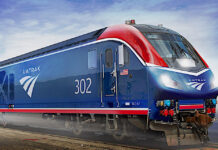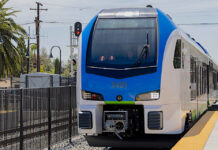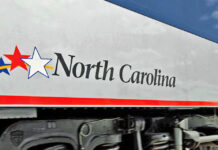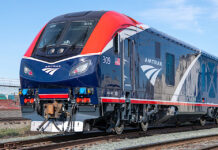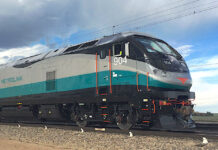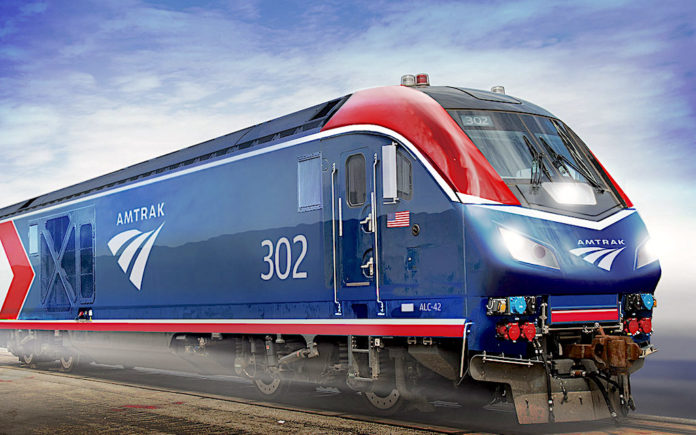
Battle rages for the future of American passenger rail
Months after Washington approved billions to significantly expand Amtrak’s footprint across the country, an early attempt at growth has reached an impasse in a test case that could define the American rail network for a generation. At the core of the conflict is a mandate that requires freight railroads to give passenger trains access to rail track and preference over other rail traffic. A federal board is weighing the fate of Gulf Coast passenger service in a triallike process pitting Amtrak against freight railroads. [washingtonpost.com]
Uncertain future awaits Dallas-to-Houston bullet train
The Texas Supreme Court has ruled that the company behind the proposed bullet train between Dallas and Houston could, in fact, use eminent domain to obtain the land it needed for the rail line. Residents in the rural area in the path of the train fought for years to keep Texas Central from seizing part of their land. It’s a big win for the company, but it also comes at a turbulent time: Two weeks before the ruling, Texas Central CEO Carlos Aguilar left the company, and its board of directors dissolved itself. [texasstandard.org]
Regional plan would reinvent NYC’s commuter trains
Multiple commuter rail systems stretch over New York City’s three-state metro area, which means some travelers cope with a tangle of operators, fares and schedules to reach their final destinations. It’s also a network designed to shuttle workers into Manhattan rather than across the region — a characteristic that can be seen in plummeting ridership on commuter lines as as pandemic-era remote and hybrid work schedules persist. One public-transit advocacy group is looking to end the hassle of relying on multiple systems by consolidating them into one. [bloomberg.com]
What Medellin’s public transit lifeline can teach us
Medellín, Columbia has led the way in the realm of public transit … dating back to the ’90s when it was the first city in South America to build a metro system. And then in 2004, it became the first municipality in the world to install a cable-car system primarily for commuters. Yes, the cable cars have since morphed into a popular tourism attraction as well. But the initial line, together with the five additional ones created since the early 2000s, were primarily built-in responses to the need to connect residents living in poorer hill neighbourhoods to downtown Medellín. [ottawacitizen.com]
Amazing G-Train concept has an ‘smart glass’ exterior
Visionary rail concept G-Train is a luxury train with an all-glass exterior that can shift between being opaque or transparent for enjoying the view outside. The brainchild of luxury yacht designer Thierry Gaugain, G-Train incorporates more than 30 years of design and engineering expertise to envision a “palace on wheels” – the first time an entire train has been created with the intention of private ownership. [globetrender.com]
How light rail transformed Seattle’s neighborhoods
When I came here in 2007, I had no idea how Seattle would rocket out of the Great Recession into a city transformed. Change has swept across many neighborhoods as Seattle added more than 128,000 people between 2010 and 2020. In a city of 84 square miles, that’s a staggering change. .Many areas where I watched major change had one big thing in common: light rail. [seattletimes.com]

